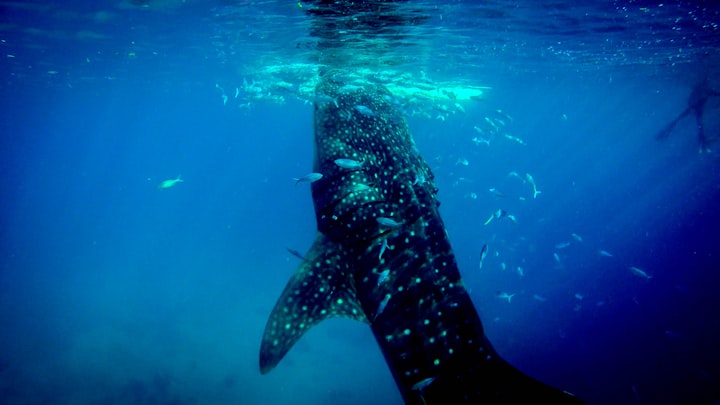The humpback whale, a majestic marine mammal known for its acrobatic displays and haunting songs, is making a comeback thanks to conservation efforts. Humpback whales were once hunted to the brink of extinction but their population is now on the rise thanks to international protections and conservation efforts.
Humpback whales were hunted extensively in the 19th and 20th centuries, leading to a significant decline in their population. In the mid-20th century, the International Whaling Commission (IWC) imposed a moratorium on commercial whaling for humpback whales, which, along with other conservation efforts, has helped the population to recover.
According to the International Union for Conservation of Nature (IUCN), the global population of humpback whales has increased from an estimated 5,000 individuals in the 1960s to around 80,000 today. This is a remarkable recovery and it's a testament to the effectiveness of conservation efforts.
The recovery of the humpback whale population has been driven by a combination of factors, including the IWC's moratorium on commercial whaling, as well as conservation efforts in individual countries and international cooperation. For example, many countries have designated protected areas for humpback whales, and have implemented regulations to reduce ship strikes, entanglement in fishing gear, and other threats.
In addition to the conservation efforts, the recovery of the humpback whale population has also been aided by the decrease in pollution levels, which has a direct impact on the health and reproduction of these animals. Climate change also has an impact, as it causes changes in the ocean temperature and acidity, which affects the whales' food sources and habitat.
Ecotourism is also playing a vital role in the conservation of humpback whales. As more people are able to view these magnificent animals in their natural habitat, it raises awareness about the importance of conservation and encourages people to support conservation efforts.
While the recovery of the humpback whale population is a positive development, it's important to remember that these animals still face many threats. Climate change, pollution, entanglement in fishing gear, and ship strikes are still major concerns for humpback whale populations.
Furthermore, it's important to note that not all humpback whale populations have recovered to the same extent. Some populations, such as those in the North Atlantic, have made a strong recovery, while others, such as those in the Antarctic, are still considered endangered. It's crucial to continue conservation efforts to ensure the recovery and long-term survival of all humpback whale populations.
In conclusion, the recovery of the humpback whale population is a positive development, and a testament to the effectiveness of conservation efforts. However, it's important to remember that these animals still face many threats and not all populations have recovered to the same extent. Therefore, it's crucial to continue conservation efforts to ensure the recovery and long-term survival of all humpback whale populations. This includes not only protecting these majestic animals from human impacts but also addressing climate change and its effects on the ocean and its inhabitants.
Another important aspect to consider is the role of local communities in the conservation of humpback whales. Many coastal communities around the world have a long history of interaction with these animals, and their livelihoods and cultures have been closely tied to humpback whales. Engaging these communities in conservation efforts and providing them with alternative livelihoods can be an effective way to ensure the long-term survival of humpback whale populations.
Education and awareness-raising campaigns also play a crucial role in humpback whale conservation. By educating people about the importance of these animals, their biology and behavior, and the threats they face, we can increase public support for conservation efforts and encourage individuals to take action to protect these animals.
To sum up, the recovery of the humpback whale population is a positive development, and a testament to the effectiveness of conservation efforts. However, it's important to remember that these animals still face many threats and not all populations have recovered to the same extent. Therefore, it's crucial to continue conservation efforts that include not only protecting these majestic animals from human impacts, but also addressing climate change, engaging local communities, and educating the public.
About the Creator
Sukuna
Hii There







Comments
There are no comments for this story
Be the first to respond and start the conversation.